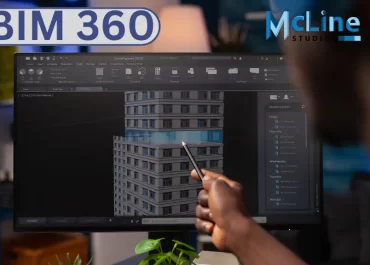Millwork is the custom wood features in buildings like cabinets, stairs, and trim. It takes great skill to design beautiful and functional millwork. In 2024, there are amazing tools that help millwork drafters create even better designs.
Millwork drafting tools make the design process easier and let drafters make detailed and accurate plans. With the help of powerful 3D computer modeling programs that capture every small detail in virtual reality and let you realistically see the design, the millwork drafting tools are changing how millwork professionals work.
If you’re an experienced millwork drafter or just starting, having the latest tools is key to delivering great results. This guide will cover the best millwork drafting tools of 2024.
We’ll look at their features, what they can do, and how they can improve your design process. The tools make user-friendly interfaces and seamless connections to other programs easier.
Top Drafting Tools For Millwork
The drafting and design industry continues to evolve with technological advancements, offering a range of powerful tools to streamline the drafting process. Here are some of the top drafting tools that are popular in 2024:
AutoCAD: Most Widely Used For Millwork Drafting
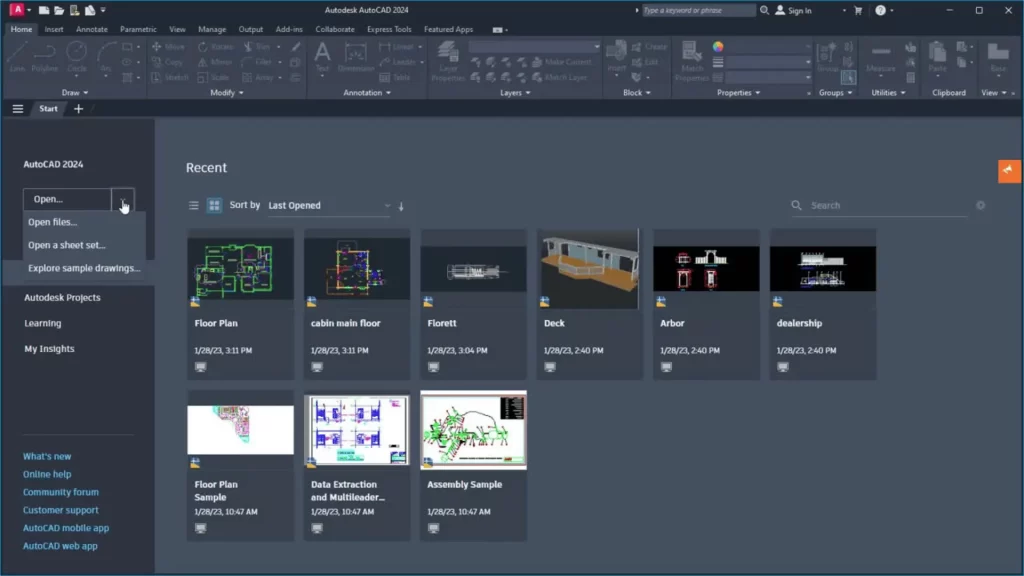
AutoCAD, a leading computer-aided design (CAD) software, plays an important role in millwork drafting, providing designers and drafters with powerful tools to create precise and detailed drawings for millwork projects.
Millwork, which encompasses the design and fabrication of architectural elements like doors, windows, moldings, and cabinetry, requires accuracy and precise planning, making AutoCAD an indispensable tool in the industry.
One of the key advantages of AutoCAD for millwork drafting is its ability to generate accurate 2D and 3D representations of millwork components. Designers can create intricate plans and elevations with precise measurements, ensuring that every detail aligns with the client’s specifications.
The software’s extensive library of standard millwork symbols and components further expedites the drafting process, allowing designers to quickly assemble layouts and customize designs to meet unique project requirements.
Pros
- Precision drafting and design capabilities
- Extensive customization options for the user interface
- Integration with other Autodesk software products
- The comprehensive range of drawing tools available
- Efficient 3D modeling functionalities
Cons
- The steep learning curve for beginners
- High cost of software licenses
- Resource-intensive software requiring powerful hardware
SketchUp: Popular Among Designers And Architects
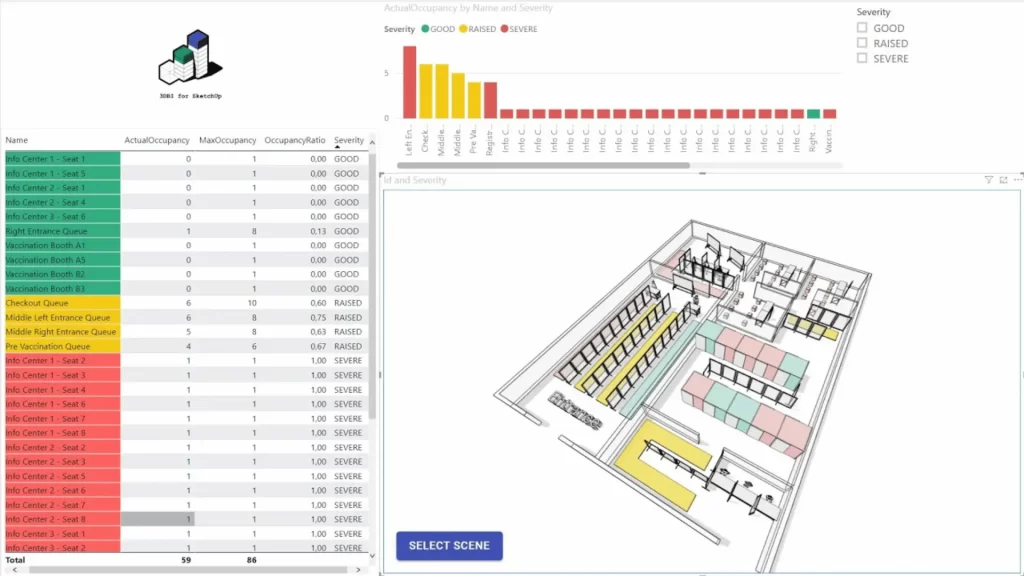
SketchUp offers a versatile platform for creating detailed and accurate designs tailored to the unique requirements of woodworking projects. With its intuitive interface and robust feature set, SketchUp streamlines the process of drafting millwork for residential, commercial, or industrial applications.
One of SketchUp’s key strengths lies in its 3D modeling capabilities, allowing millwork drafters to visualize their designs in a realistic and immersive manner. Users can easily create intricate models of cabinets, shelves, moldings, and other millwork components with precision and ease.
The software’s extensive library of pre-made components further accelerates the drafting process, enabling drafters to quickly assemble custom designs from a vast array of available parts.
In essence, SketchUp provides millwork drafters with a comprehensive solution for transforming conceptual designs into detailed, manufacturable plans, empowering them to bring their creative visions to life with precision and efficiency.
Pros
- Intuitive 3D modeling interface for beginners
- An extensive library of 3D models is available
- Seamless integration with other design software
- Easy sharing and collaboration features
- Suitable for architectural and interior design projects
Cons
- Limited advanced modeling capabilities
- Not suitable for large-scale professional projects
- Not ideal for intricate mechanical designs
SolidWorks: Great For 3D Modeling For Millwork
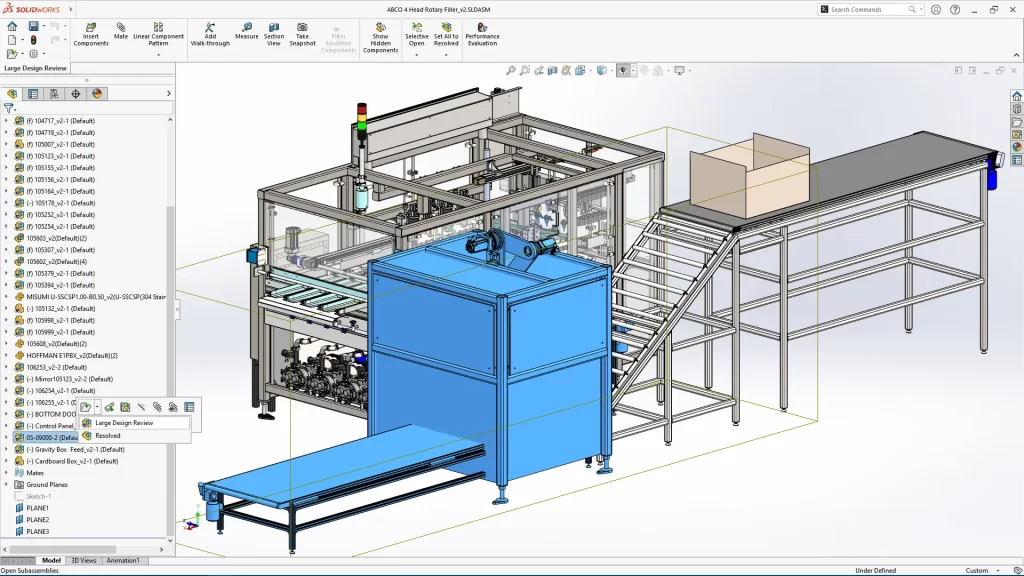
SolidWorks is widely used in the millwork industry for drafting and designing various woodwork projects. With its intuitive interface and robust features, SolidWorks streamlines the drafting process and enables millwork professionals to create detailed and precise drawings.
One of the key advantages of SolidWorks for millwork drafting is its parametric modeling capabilities. This feature allows users to create designs that are easily adjustable and adaptable to changes in dimensions or specifications.
For millwork projects, where accuracy and customization are crucial, this functionality is invaluable. Whether designing intricate cabinetry, ornate moldings, or custom furniture pieces, SolidWorks provides the tools needed to bring concepts to life precisely.
Additionally, SolidWorks offers a range of specialized tools tailored to the needs of millwork drafting. These tools include features for creating complex joinery, detailing intricate wood carvings, and simulating wood grain textures, allowing designers to visualize the final product with remarkable realism.
Pros
- User-friendly interface for design
- Robust modeling capabilities
- Extensive library of components
- Powerful simulation and analysis tools
- Seamless integration with other CAD software
Cons
- High licensing costs
- Resource-intensive on hardware
- Limited compatibility with non-Windows platforms
Cabinet Vision: Specialized Software For Millwork Drafting

Cabinet Vision is a comprehensive software solution tailored specifically for millwork drafting and design within the woodworking industry. It offers a robust suite of tools and features aimed at streamlining the entire process from initial concept to final production.
At its core, Cabinet Vision enables users to create detailed 3D models of custom cabinetry, furniture, and other millwork projects. Its intuitive interface allows designers to easily manipulate and customize components such as cabinets, drawers, shelves, and hardware, ensuring precise specifications and dimensions.
One of the standout features of Cabinet Vision is its ability to generate accurate cut lists and material lists automatically based on the design. This functionality not only saves time but also minimizes waste, optimizing material usage and cost efficiency.
Additionally, Cabinet Vision integrates seamlessly with CNC (Computer Numerical Control) machinery, allowing for direct transfer of design data for precise manufacturing. This integration streamlines the production process, reducing errors and ensuring consistent quality across projects.
Pros
- Streamlines design process for woodworking projects
- Offers precise measurements and accurate renderings
- Integrates with CNC machines for seamless production
- Provides an extensive library of customizable components
- Facilitates efficient material and cost management
Cons
- Initial setup may require significant time
- Requires investment in software and hardware
- Limited flexibility for highly unique designs
Microvellum: Known For Detailed Millwork Drafting
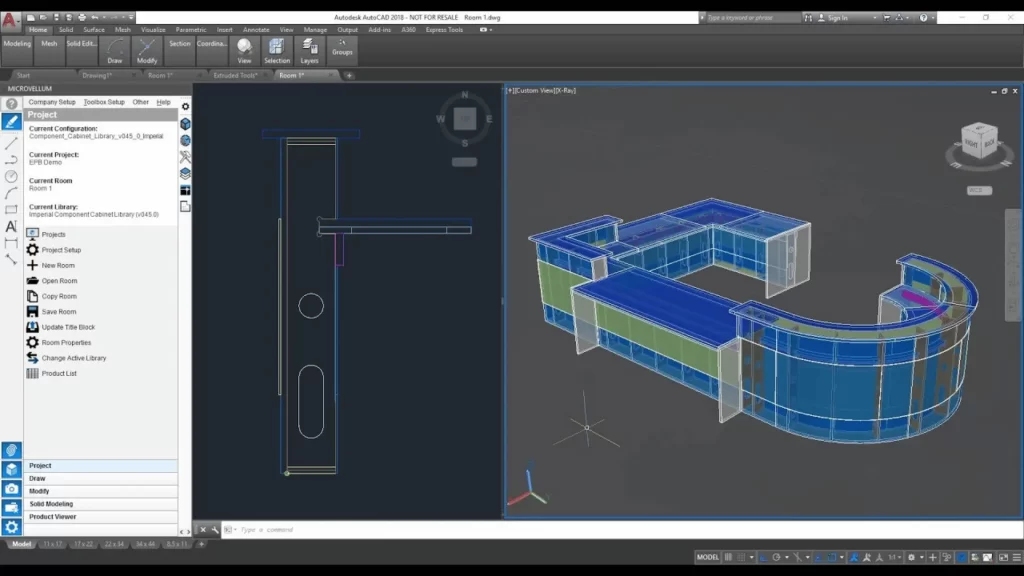
Microvellum is a cutting-edge software solution tailored specifically for millwork drafting, designed to streamline and enhance the process of creating detailed designs and plans for millwork projects. With its advanced features and intuitive interface, Microvellum empowers millwork professionals to produce accurate drawings, renderings, and documentation efficiently.
One of the key advantages of Microvellum is its comprehensive library of customizable parametric components, including cabinets, fixtures, moldings, and more. These components can be easily modified to meet specific project requirements, saving time and ensuring consistency across designs.
The software’s powerful 3D modeling capabilities enable users to visualize their designs in realistic detail, helping to identify potential issues and optimize spatial layouts before construction begins.
Microvellum also offers sophisticated tools for generating precise cut lists, material schedules, and assembly instructions, facilitating seamless coordination between design, production, and installation teams.
The automation of repetitive tasks and reducing the risk of errors, Microvellum helps millwork professionals improve efficiency, minimize waste, and deliver high-quality results on time and within budget.
Pros
- Integration with CAD software for precise designs
- Automating repetitive tasks reduces human error
- Comprehensive inventory and project tracking capabilities
- Enhances collaboration among team members
- Provides detailed reports for analysis and optimization
Cons
- Potential for software bugs and technical issues
- Limited compatibility with non-standard hardware
- Regular updates may disrupt workflow
The Final Note
The millwork drafting landscape continues to evolve, with new tools and technologies emerging to streamline the design process. The tools highlighted in this article represent the cutting-edge of what’s available, offering unparalleled precision, efficiency, and collaboration capabilities.
However, it’s important to remember that tools are just one piece of the puzzle. Successful millwork design still relies on the expertise, creativity, and problem-solving skills of the professionals wielding these tools.



